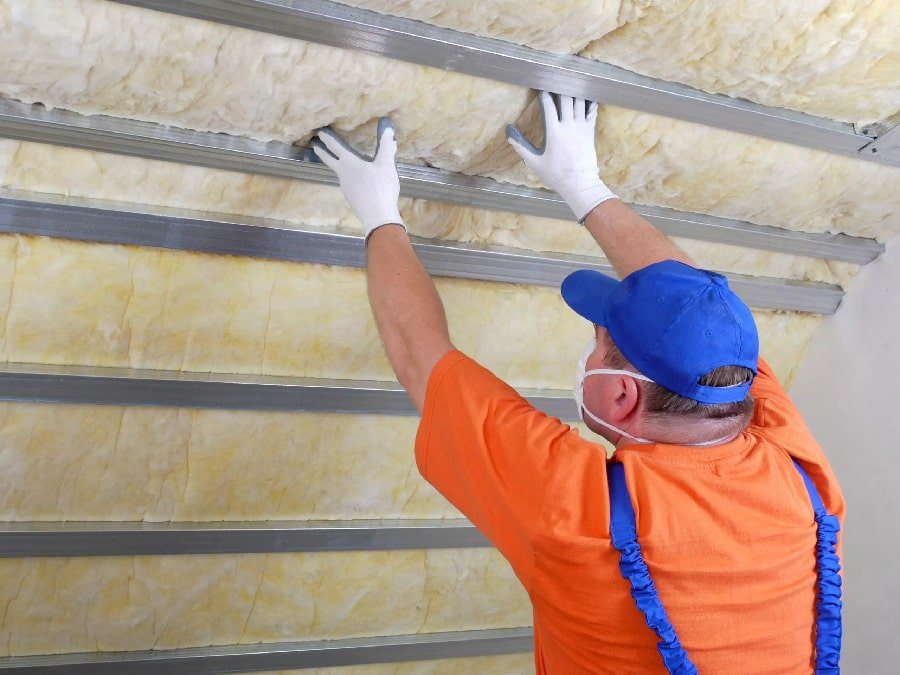Asbestos was extensively utilised in building construction and manufacturing industries between 1950 and 1980. According to an estimate, 90 percent of the asbestos consumed were utilised in the domestic and commercial buildings of Australia, including Sydney, during those years. As per another study in 2017, the asbestos cancer rate has risen drastically. Additionally, two new cases were diagnosed every day. That’s because one in three homes contain asbestos. Hence, it is crucial to hire services that provide asbestos removal in Sydney. If you want to know about this mineral and its health risk, read on and learn all about it.
What is asbestos?
Asbestos is the name given to a group of six naturally occurring mineral fibres found in the rock. It has matted fibres that can be crumbly when unbound or deteriorated. Furthermore, it is usually white and no longer utilised commercially. But you might still find it in many old homes or buildings. It can be wrapped around water boilers and hot water pipes or found in various sections of heating ducts. Moreover, it can also be found in cement, flooring and ceiling materials.
Which health problems are caused by asbestos?
This mineral can be anywhere, and you might not know it. When people breathe the tiny fibres of asbestos after it is released into the air, it gets trapped in the lungs. Also, it can remain there for a long time. The accumulation of fibres can lead to scarring and inflammation. It affects breathing and causes severe health problems. This mineral has been categorised as a human carcinogen by the US Department of Health and Human Services (HSS), the International Agency for Research on Cancer (IARC) and the US Environmental Protection Agency (EPA). The IARC evidence points out that asbestos can cause mesothelioma, a relatively rare cancer of thin membranes. Additionally, it can lead to cancers of the ovary, lung and larynx. Long-term exposure to this mineral is also associated with cancer risk in the colorectum, pharynx and stomach. It also leads to fibrotic lung diseases or asbestosis and pleura (changes in the chest lining).
Who is at risk of asbestos exposure?
Do you have a home built in the 1980s or 1990s? Then, you are definitely at risk since you are more likely to have it the construction. Even if you have a commercial property built during that period, you can be at risk. It can be the insulation wrapped around the pipes, furnace ducts, floor tiles and other areas. Apart from the fibres being released in the air, it can pose a health risk when frayed, crumbled or disturbed. The fibres that are isolated in attics, bound tightly on an intact product or even enclosed around the walls can pose little risk. Tests conducted on older buildings have shown that the risk of exposure is high if safety measures are not followed properly. Along with asbestos miners and their families, construction and trade workers involved in renovations and repairing of old buildings are at high risk. Sheet metal workers, insulation workers, custodial workers, mechanics and plumbers, and pipe-fitters are also at higher risk of exposure to this mineral.
How can your home be safe?
If you live in an old building or home, you can have a look at the hot water pipes and furnace ducts. If your insulation material is coming apart, it is recommended that you do not disturb it. You must keep people and pets away from places with high exposure to the mineral. Furthermore, you can consult service providers that offer asbestos removal in Sydney before attempting to seal or remove the material. The experts can collect the material and test samples. If you want to renovate your house, it is recommended to get a professional opinion.

